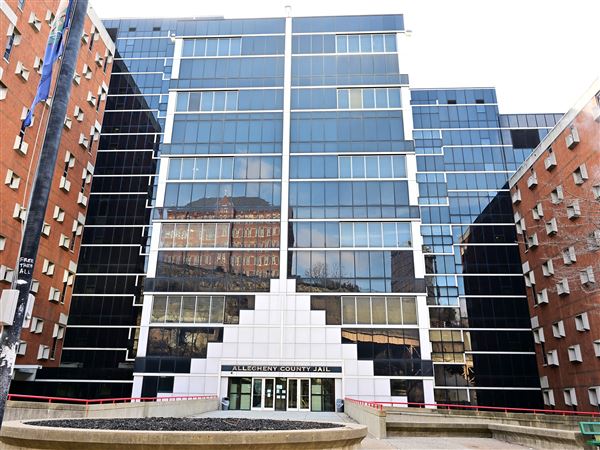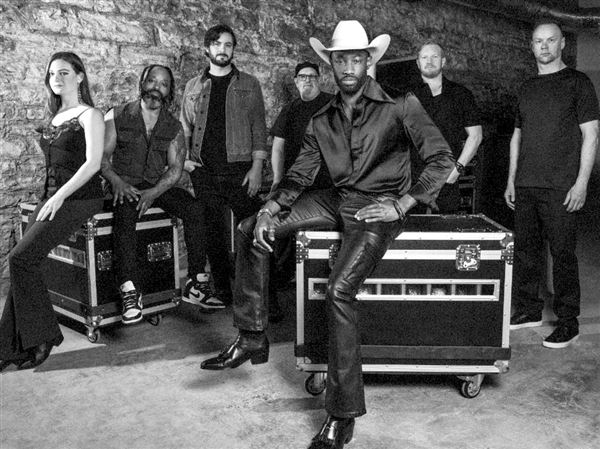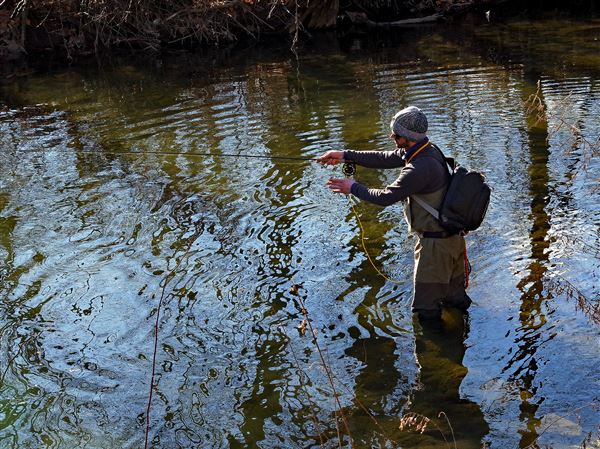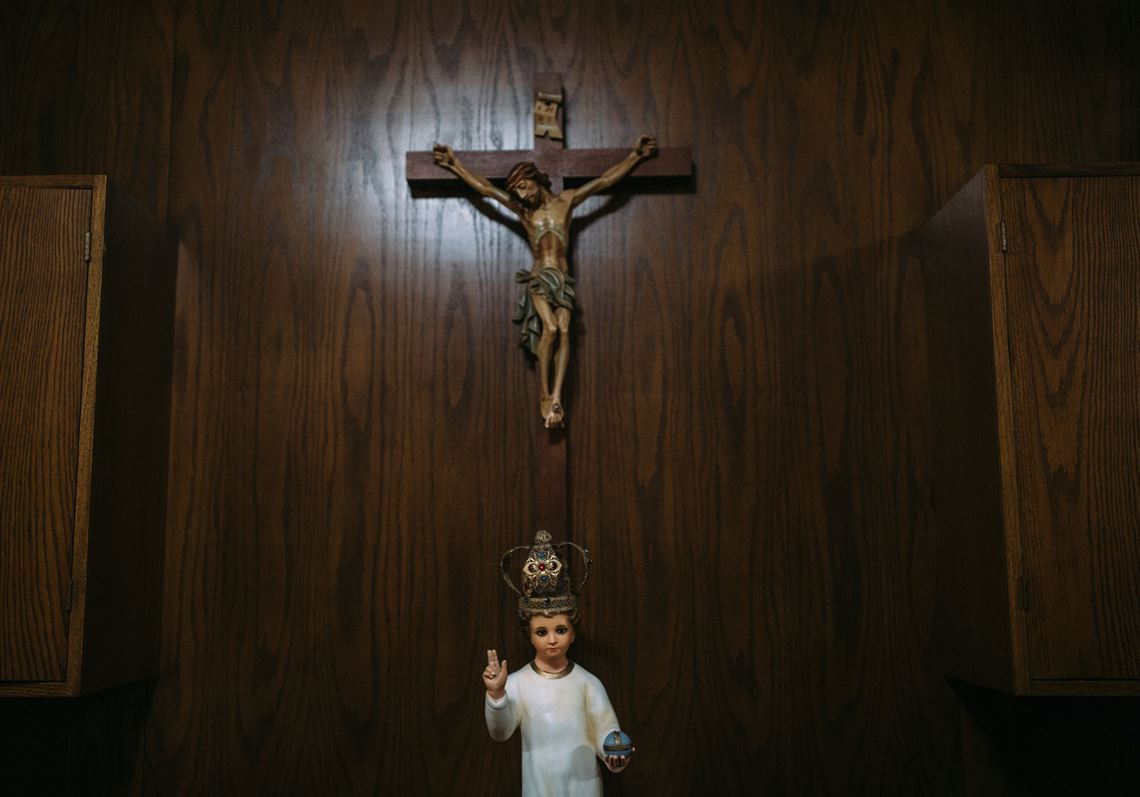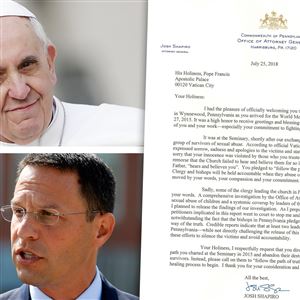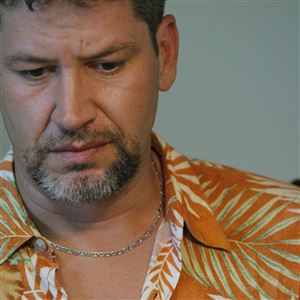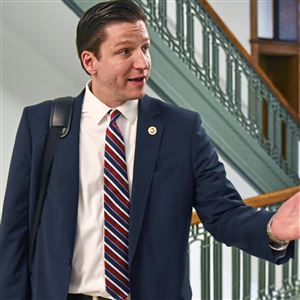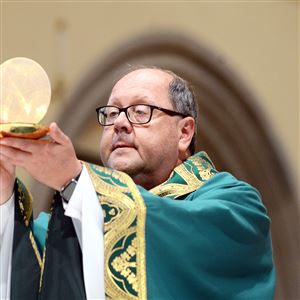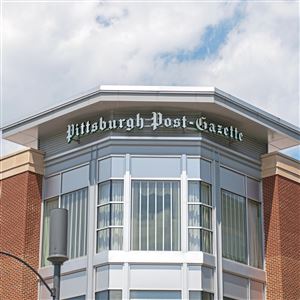Attorneys for more than two dozen people, including current and former clergy members, are challenging the release of a mammoth report by a statewide grand jury of sexual abuse in the Catholic Church, claiming Thursday the report leaves them “wrongly accused and falsely implicated.”
The challengers — who also include the executrix for a deceased person named by the grand jury as an offender within the Diocese of Pittsburgh — denounced the report as riddled with “inaccuracies and falsities” and alleged that the supervising judge of the 40th statewide grand jury failed in his duty to ensure the report was based on at least a “preponderance of evidence.”
Attorney General Josh Shapiro defended the report’s integrity in a statement later Thursday.
“The report is accurate and these individuals have had the chance to respond, and their responses will be included in the final grand jury report,” he said. “This legal filing is nothing more than a desperate attempt to stop the public from learning the truth about their abhorrent conduct.”
The challengers’ claims came in filings Thursday by attorneys for the clergy members with the state Supreme Court. They were the first public documents to give any concrete description of those challenging the report before the top court, which had previously described them only as “many individuals.”
The names of the clergy, along with four specific examples of alleged inaccuracies, were redacted from the publicly released version of the filings.
There were at least three separate filings.
One is on behalf of nearly two dozen current and former clergy. Catholic clergy can include priests or deacons.
A second filing is on behalf of a retired priest.
A third filing is on behalf of three people, living and dead, described only as “individuals” who were “defamed” and did nothing “that warrants ... branding them as offenders.”
The challengers claim that by identifying them in the report, the grand jury and its supervising judge denied their constitutional right to due process in defending their reputations.
The grand jury report, two years in the making, was based on an investigation overseen by the attorney general’s office into sexual abuse in the dioceses of Pittsburgh, Greensburg, Erie, Harrisburg, Allentown and Scranton. The Supreme Court late last month ordered an indefinite stay of the report pending the appeal.
Thursday’s filing was in response to a June 29 filing by numerous media organizations, including the Pittsburgh Post-Gazette and the Philadelphia Inquirer. They called for the Supreme Court to lift its indefinite stay of the report’s release and to make public the names of those fighting to block its release. As an alternative, the media asked that a redacted report be released, omitting only the parts involving those challenging the report until that could be resolved.
Mr. Shapiro’s office also filed a response Thursday to the media petition.
Senior Deputy Attorney General Daniel Dye wrote that the office was neutral on whether the media should have status to intervene, but he agreed with their call for the report to be immediately released.
“If courts were to lay claim to the power to rewrite grand jury reports, overruling language approved by the jurors, then reports would no longer be grand jury reports; they would be judge reports,” Mr. Dye wrote.
The grand jury, which convened in Pittsburgh from mid-2016 until earlier this year, weighed evidence and testimony presented by Mr. Shapiro’s office. Its final report was approved by Supervising Judge Norman A. Krumenacker III of Cambria County, but remains sealed.
Mr. Dye echoed Judge Krumenacker’s conclusion that grand juries don’t prosecute, they only investigate, and that those criticized by a grand jury have the legal right to file a written reply that is released with the report.
In fact, the accused “are free to go further,” Mr. Dye added.
They’re able “to make any statements they wish, to appear in any forum, to go before any camera or microphone,” he wrote. “That is not true for the grand jury. The jurors have been discharged and disbanded, and are bound by their secrecy oath. The report itself is their last word.”
He argued that unlike in a criminal trial, the law doesn’t give the accused in a grand jury proceeding the rights they’re seeking, such as to cross-examine witnesses and bring their own witnesses and evidence in hopes of reshaping the report.
But attorneys for the clergy said the report violates their right to due process before being deprived of their constitutional right to their reputations.
They cited four examples, all blacked out in the public version, of what they said were “gross characterizations, oversimplifications and outright erroneous conclusions in the report that violate the Investigatory Grand Jury Act and Constitutional due process.”
The challengers’ attorneys all opposed making the report public. The filings appeared to diverge only in that some of the challengers didn’t oppose the media bid for intervenor status and for a redacted copy of the report, while the largest group opposed those as well.
The challengers accused Judge Krumenacker of failing to adequately confirm the accuracy of the report.
State law allows those criticized but not indicted by a grand jury to file a written rebuttal with the report. The clergy group’s attorneys said they’ve only seen the portions of the report that criticize them, and they allege that some cases are built on “multiple levels of hearsay, and often without the alleged victim having personally made any complaint.”
They added: “Releasing the report in its current flawed form would disserve the victims of abuse as much as ... those wrongly accused and falsely implicated.”
They said the media do not have First Amendment or other rights to sealed grand jury proceedings and that it would be premature to grant access to the report at this time.
The challengers are represented by 12 individual attorneys or law firms, according to the filings.
Peter Smith: psmith@post-gazette.com or 412-263-1416. Harrisburg bureau reporters Liz Navratil and Angela Couloumbis contributed.
First Published: July 5, 2018, 10:15 p.m.

